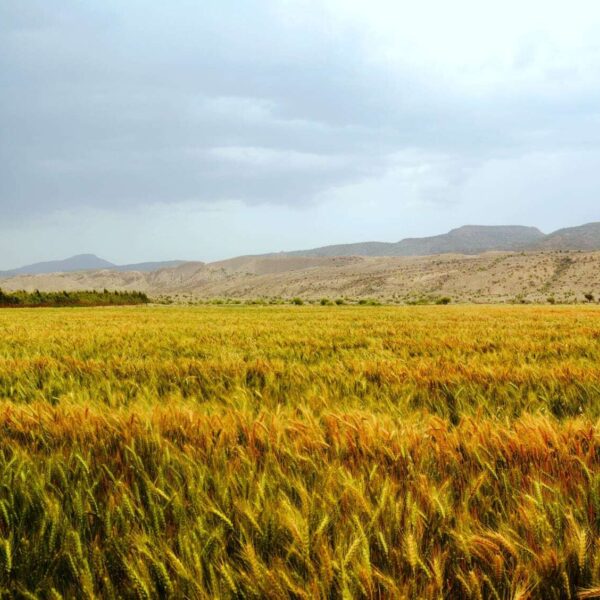
Climate justice in Pakistan: the memorable words of a judge
A few weeks back, on Thursday 25 January, the ‘Lahore High Court Green Bench’ passed a judgement which constitutes the provisional end of a series of judgements in a climate case which started in the summer of 2015.
The case was brought before the court at the end of August of that year by a farmer, Mr A. Leghari. The applicant argued that climate change endangers the supply of water and the food safety. He tried to achieve that the authorities would finally start to implement the National Climate Change Policy (2012) and the Framework for Implementation of Climate Change Policy (2014-2030). The court granted his request. It issued a series of orders that put the relevant authorities to work. A Climate Change Committee was established to oversee the necessary policy development.
In the judgement of 25 January 2018, the presiding judge, judge S. Mansoor Ali Shah, takes note of the submission of the operation report of the Climate Change Committee by its chairman. This report shows that in the period from September 2015 to January 2017 66% of the priority actions from the Framework for Implementation Climate Change Policy have been implemented. Following this ascertainment, judge Mansoor analyses the role of the judge in a social context where environmental awareness is evolving into a climate awareness.
His analysis deserves a verbatim reproduction:
“20. … a judge today must be conscious and alive to the beauty and magnificence of nature, the interconnectedness of life systems on this planet and the interdependence of ecosystems. From Environmental Justice, which was largely localized and limited to our own ecosystems and biodiversity, we have moved to Climate Justice. … The environmental issues brought to our courts were local geographical issues, be it air pollution, urban planning, water scarcity, deforestation or noise pollution. Being a local issue, evolution of environmental justice over these years revolved around the national and provincial environmental laws, fundamental rights and principles of international environmental laws. The solutions entailed penalties and shifting or stoppage of polluting industries …
21. Enter Climate Change. … Climate justice is informed by science, responds to science and acknowledges the need for equitable stewardship of the world’s resources. … Climate change has moved the debate from a linear local environmental issue to a more complex global problem. … On the global platform the remedies are adaptation or mitigation. In case of Pakistan, adaptation is largely the way forward. …
22. Adaptation, as a strategy engages many stakeholders, which hitherto were not part of the environmental dialogue. Climate justice, therefore, moves beyond the construct of environmental justice. It has to embrace multiple new dimensions like Health Security, Food Security, Energy Security, Water Security, Human Displacement, Human Trafficking and Disaster Management within its fold. Climate justice covers agriculture, heath, food, building approvals, industrial licences, technology, infrastructural work, human resource, human and climate trafficking, disaster preparedness, health, etc. While mitigation can still be addressed with environmental justice, adaptation can only be addressed through Climate justice, where the courts help build adaptive capacity and climate resilience by engaging with multiple stakeholders.”
Associated areas of specialisation: Environment